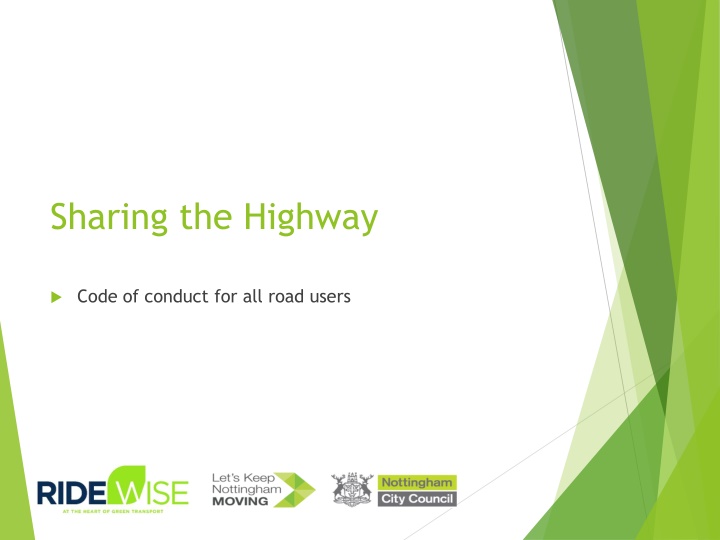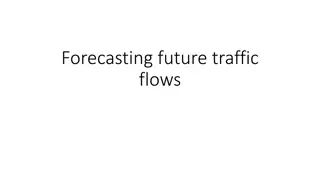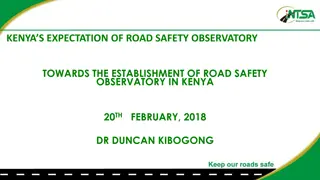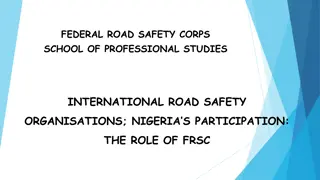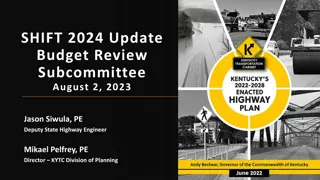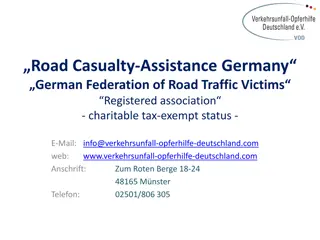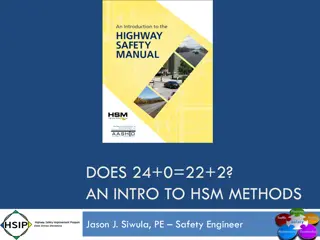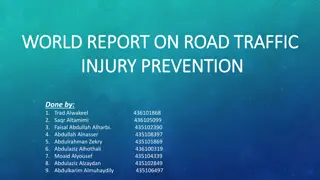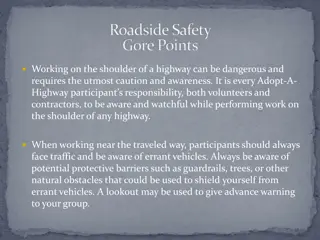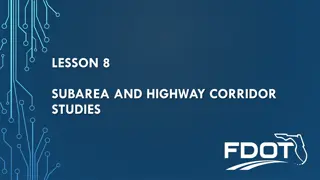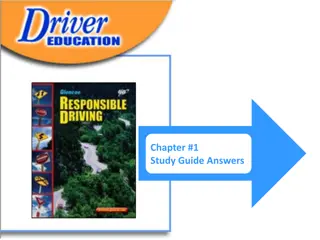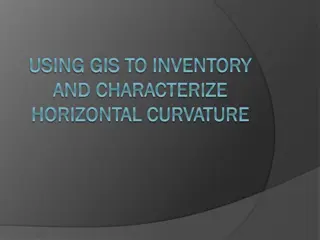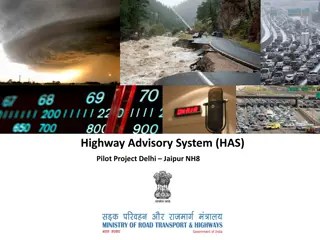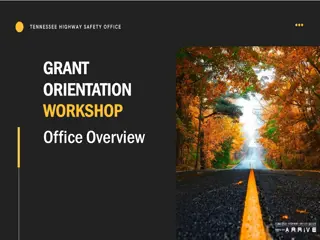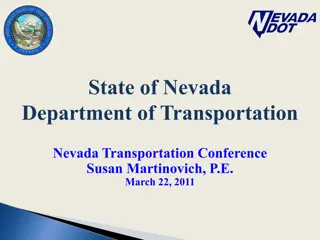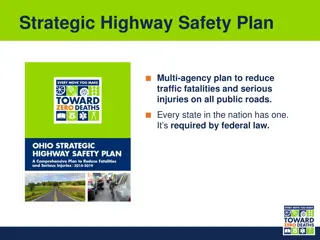Enhancing Road Safety through Sharing the Highway Code
Explore the importance of the Sharing the Highway Code for all road users, developed to reduce accidents and improve road safety. Learn about the code of conduct, guidelines, and rules that promote understanding, empathy, and tolerance among road users. Prioritize the safety of vulnerable road users, such as pedestrians, cyclists, and motorcyclists, while aiming to reduce frustrations and conflicts on the road.
Download Presentation

Please find below an Image/Link to download the presentation.
The content on the website is provided AS IS for your information and personal use only. It may not be sold, licensed, or shared on other websites without obtaining consent from the author.If you encounter any issues during the download, it is possible that the publisher has removed the file from their server.
You are allowed to download the files provided on this website for personal or commercial use, subject to the condition that they are used lawfully. All files are the property of their respective owners.
The content on the website is provided AS IS for your information and personal use only. It may not be sold, licensed, or shared on other websites without obtaining consent from the author.
E N D
Presentation Transcript
Sharing the Highway Code of conduct for all road users
Course Plan Introductions and attending the course What is the Code of Conduct Actions of road users Applying the Code of Conduct (45 minutes) - Break - Changing places (2.5 hours) Course wrap-up and feedback (15 minutes)
Introductions Your instructors RideWise supporting sustainable travel in and around Nottingham Teach cycling all ages - children to professional drivers. Driving experience bicycles, cars and LGVs About you Your name Your job role What do you drive?
During the course Emergency procedure Breaks/toilet facilities Finish time Mobile phones Questions at anytime ? ?
Goal: Reduce accidents and improve road safety for everyone Misunderstandings are a source of conflict Reduce this by introducing Sharing the Highway (a code of conduct for all road users) Education and information through training Why? Variety of road conduct from good to poor Target poor behavior: Some are unaware of the rules Some know but ignore them Some are inconsiderate
Sharing the Highway code of conduct for all road users Highway Code Applies to all road users equally Guidelines and enforceable rules Lacks empathy Code of Conduct Developed by RideWise and Nottingham City Council Addresses responsibilities and needs Promotes understanding and tolerance Reduce frustrations, stress and accidents
Priority on the roads Most vulnerable - Pedestrians - Horse riders and cyclists - Motor cycles - Motor cars - Goods vehicles and buses - Tram Least vulnerable
What annoys and frustrates about Pedestrians? Not On phones - texting controlling animals or children Slowing down whilst crossing Listening to music Standing and chatting Crossing without looking Busy crossing points
What annoys and frustrates about Cyclists? Not using cycle lanes Riding on pavements No signals Jumping red lights Preventing overtaking Riding side-by- side Under- taking on the left Holding up traffic
What annoys and frustrates about being a motorist? Middle lane hogging Weather Getting lost Congestion Other road users Mobile phone calls Tailgaters Lane filtering Vehicle problems Passengers Tiredness
Our Aim is to: Encourage mutual understanding across all modes of transport Improve tolerance among road users Encourage and support courteous behaviour
Improving our road journeys principles behind Sharing the Highway Be roadworthy both you and your vehicle Plan your journey, allow sufficient time Remove distractions (headphones/loud music) Be aware of more vulnerable road users Consider the needs of other road users Acknowledge other considerate road users Don t get drawn into aggressive driving Make your intentions clear Moderate your speed as appropriate Take extra care around hazard areas
Be diligent All road users should: Obey the law and the Highway Code Exercise common sense Be considerate of others
Improving our road journeys what Sharing the Highway says Responsibility of ALL road users : Behave responsibly following the Highway Code Pay attention and be aware at all times Expect the unexpected Recognise and pay attention to vulnerable road users Make clear where you are going Be especially careful around hazards such as cycle lanes and pedestrian crossings Generally, keep left, pass on the right Moderate your speed for the conditions Start your journey in good time Be respectful, patient and considerate to all others Be visible and noticeable
Pedestrians should: Exercise caution Be aware
Improving our road journeys what Sharing the Highway says Additional responsibility for pedestrians : Be especially careful at junctions and when crossing the road Clearly indicate where you are going Walk on the right if there are no pavements Keep dogs and children under control Listen out for the sound of a bike bell Acknowledge that you have seen or heard other users Avoid distractions from phones
Be attentive and observant Cyclists should: Obey the law and the highway code Ride proactively Ride safely
Improving our road journeys - What the Code of Conduct says Additional responsibility for cyclists: Regularly look behind as well as in front. Use eye contact to communicate with other road users Have a bell to let people know you re approaching Ride positively, taking control of the lane as necessary Be observant at junctions and when changing road position. Respect that red lights mean stop Never undertake on the left Use appropriate speed for the road and weather conditions Be visible. Have bright clothing and use lights after dusk Keep safe. Wear a helmet and opt for quieter roads and cycle lanes Keep your bike roadworthy
Motorists should: Be considerate Be attentive Be cautious
Improving our road journeys what Sharing the Highway says Additional responsibility for motorists: Look out for vulnerable road users be considerate Check mirrors and blind spots when turning or changing road position Clearly signal your intentions Check behind before opening car doors Be considerate where you park Drive at speeds appropriate for the road conditions Give other road users at least 1.5 metres when overtaking Ensure you have space to complete your overtake Never drive aggressively Avoid distractions from phones and equipment
Thought-provoking new videos were launched by the DVSA on 18th June 2019 To encourage learner drivers to be more aware of motorcyclists Made with help of Ria Brisland, whose son Nick tragically died in a motorcycle collision Videos are part of DVSA s official learning materials to encourage learner drivers to be more aware https://www.youtube.com/watch?v=tcNT83m4VGU
Changing places 15 minutes break Experience the roads as a cyclist
Perceptions about being a cyclist Feel like an equal road user ? ? Cyclist road position Are cycle lanes always appropriate Side-by-side riding Sufficient space given when overtaken Comfortable in the road traffic
Primary Position Centre of a Vehicle
Has it made you think about your own journeys? Has it changed any of your thoughts? Feedback about the course Was it helpful to see another road user s view? Any final questions? Thank you for attending
www.ridewise.org.uk 0115 955 2288
